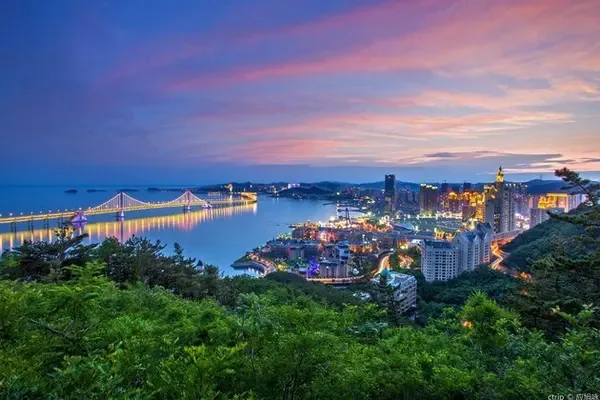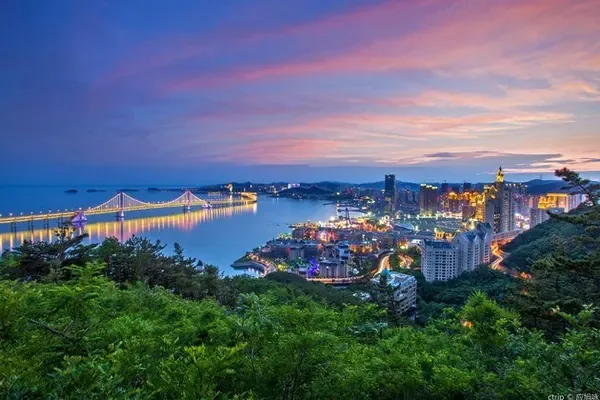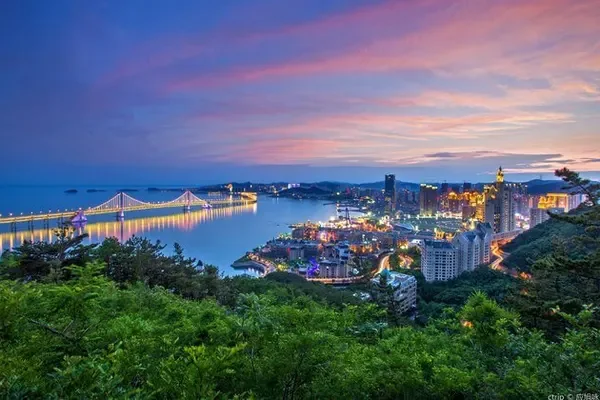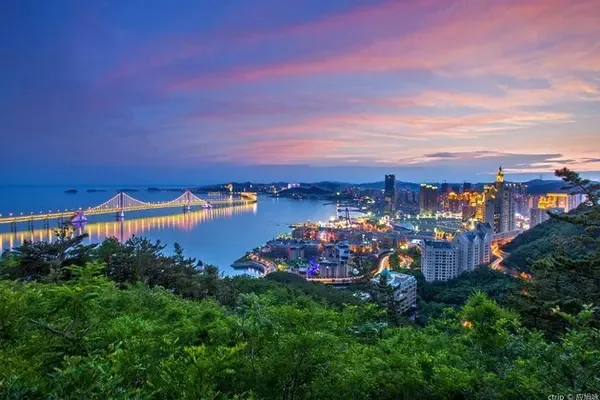To the east of the Forbidden City, there is a north-south avenue, bounded by Donghuamen, which is called Nanchizi Street to the south and leads to Chang'an Street, and is called Beichizi Street to the north to Wusi Street and Jingshanqian Street.
This seemingly ordinary road was closely connected with the inner courtyard of the imperial palace during the Ming and Qing Dynasties. Its status was extraordinary, belonging to the royal forbidden area. After the Republic of China, ordinary people moved to live here. After liberation, some celebrities or cadres lived nearby. So there is still some mystery here.
I wanted to go to the Working People’s Cultural Palace on May 5. Due to passenger flow restrictions, I was already near the Meridian Gate but couldn’t get in. I had to go around to Nanchizi Street and enter from the east gate of the Cultural Palace. Of course, when I came out of the Working People’s Cultural Palace, I had to go through the west gate. , Passed Donghuamen and came to this street again, and saw Beichizi Street.
The scenery of the street is still very good, the trees are shady, and the flowers on the side of the road give people a feeling of green, fat, red and thin. Whether it is exaggerated or understated, I think it is always suitable to wear heavy makeup here, and the old buildings on both sides of the street have been repaired , It no longer looks messy or dilapidated, and the mood will naturally improve. I also want to see the surrounding ruins and ancient buildings along the way.
First of all, I discovered Pudu Temple and walked along the alleys such as the West Lane of Pudu Temple. In the Ming Dynasty, it was part of the "Dongyuan". Ming Yingzong once lived here. Now there are some luxurious courtyard houses. I don’t know whose family it is. The map of Gaode in Courtyard No. 66 shows the former residence of Mei Baojiu. The appearance is very spectacular, and the gatehouse is also very well repaired. The door is not opened, so it is not clear what is going on inside.
Pudu Temple used to be the residence of Dorgon, and later the royal family changed it to a Tibetan Buddhist holy place dedicated to Mahakala, a god of war with three heads and six arms. It was once used as a land for troops, schools, and residents. Only the mountain gate, the main hall, and the abbot’s courtyard are well preserved. Now it has been repaired and basically formed a street park. A statue of Dorgon was built in front of the mountain gate. It is estimated that it was used to attract more tourists.
Further to the south is Huangshicheng, which is the archives of the Ming and Qing Dynasties. I don't know if it is open, so I didn't go there. After passing the intersection not far from Daoxiang Village, walking westward is the east gate of the Working People's Cultural Palace. Passing by the gate of the Chinese People's Foreign Affairs Association, I took a photo by the way.
After coming out of the Working People's Cultural Palace, we came to Beichizi Street.
A very important place on Beichizi Street is the old residence of Chen Duxiu and the former site of the editorial department of "New Youth". The former residence of Chen Duxiu is on the campus of Beijing No. 27 Middle School. Look up young people, these are literate people. I met a security guard at the gate of the No. 27 Middle School. I asked if I could go in and visit the former residence of Chen Duxiu. He was very unfriendly and said bluntly, "Of course not. Let alone a holiday, you can't even visit it on weekdays." It's fine, why bother, this is an uneducated person.
I saw a "Prand" store on the street, engraved with "Beichizi Grain Store", which has a history of several decades. Now people under the age of 30 are very unfamiliar with the grain store, and now there is no need to specialize in it every month I went to the grain store to buy grain. I think this is a witness of history and should be protected.
There is a Western-style building at No. 45 Beichizi Street, with a gorgeous appearance and attractive European features.
To the north is the former site of Ninghe Temple, which is now the site of Dengshikou Primary School. Ninghe Temple is one of the eight temples outside the Forbidden City. It is a place to worship the God of Clouds. It was built during the Yongzheng period of the Qing Dynasty.
There is also Xuanren Temple at the northernmost end. Xuanren Temple is dedicated to Fengshen, also known as "Fengshen Temple". It was built during the Yongzheng period of Qing Dynasty.
The north end of Beichizi Street faces Jingshanqian Street to the west, and Wusi Street to the east. To the west is the northeast corner of the Forbidden City. There are many people taking wedding photos in the corner tower and Beichizi Street, which shows that the scenery here is still very individual. I am also happy to see young people taking pictures here to their heart's content. People of different ages have different consumption concepts. If you look at it horizontally, you can see it as a mountain and a peak. It is probably good for economic development to consume freely. If you don't spend money, the economy may be better. A pool of stagnant water.

























































